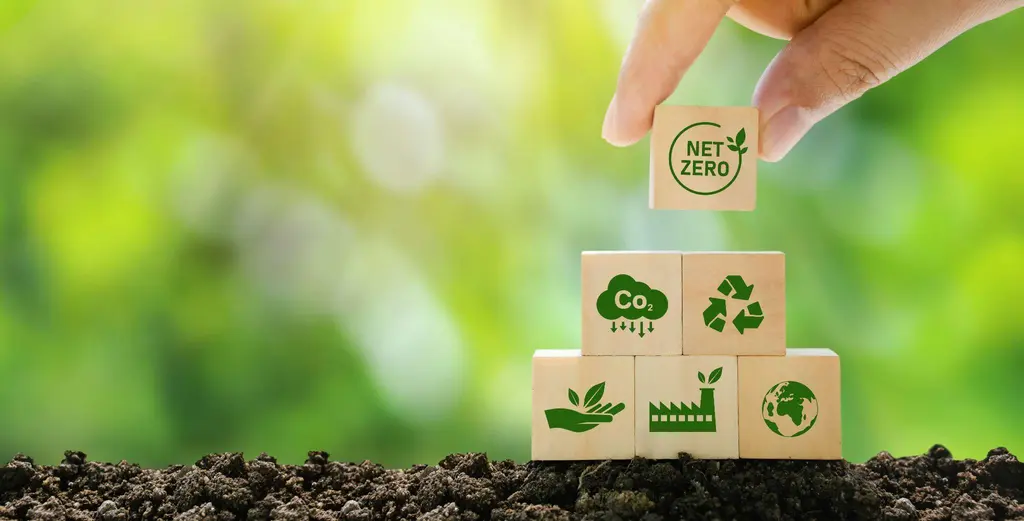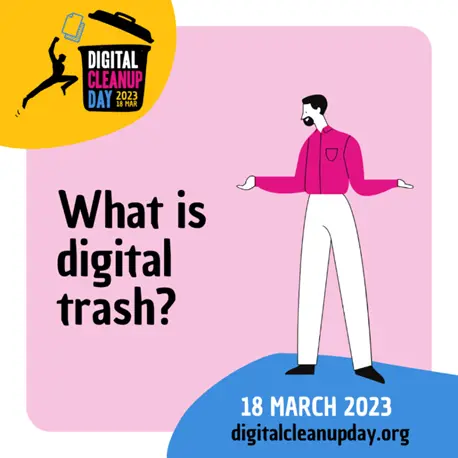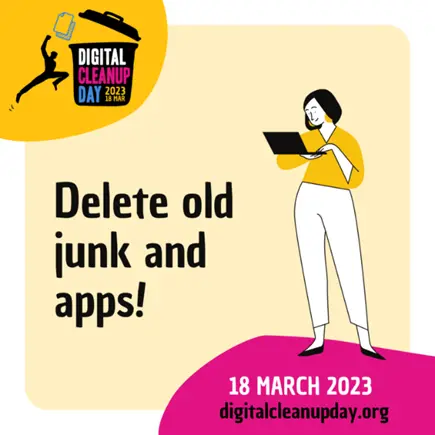Online activities pollute, but it is possible to implement good practices to reduce the impact on the environment.

Fighting Digital Pollution is Possible
Many of our daily actions, often unconsciously, contribute to the daily amount of digital waste.
Some Facts
According to data provided by Digital Cleanup Day 2023, every year the Internet and its support systems produce more than 900 million tonnes of CO2. Its use accounts for 3.7% of global emissions, equivalent to the volume of world air traffic. The numbers are expected to double by 2025. Therefore, e-mails, photos, videos can all be considered as digital waste. Meeting the daily consumption of data would require three times the energy produced by all the solar panels in the world, leading to increased reliance on fossil fuels.
Change is Possible

Digital Cleanup Day on 18th March 2023 proposed a series of small but significant actions that can make a difference.
Here are six steps that can be put into practice:
- Clean your smartphone: Uninstall apps and games you haven’t used for a long time. Delete duplicate photos and videos.
- Reorganise your computer or tablet: Start a decluttering operation by deleting old, unused files. Archive photos and videos you want to keep on external media.
- Clean the e-mail inbox: Everyday 281 billion e-mails traverse the planet. Deleting subscriptions to uninteresting newsletters and trashing e-mails with heavy attachments can help save energy.
- Lower the quality of streaming: The energy needed to watch two hours of streaming video per day could power a 3000 km/year ride on an electric scooter.
- Select files before downloading: Instead of decluttering after months, decide if those videos or apps are really useful before you download them.
- Send less spam: Reduce the amount of e-mails and attachments you send. This not only conserves energy but also saves you time.


